Lifestyle
7 ancient lost cities which were rediscovered
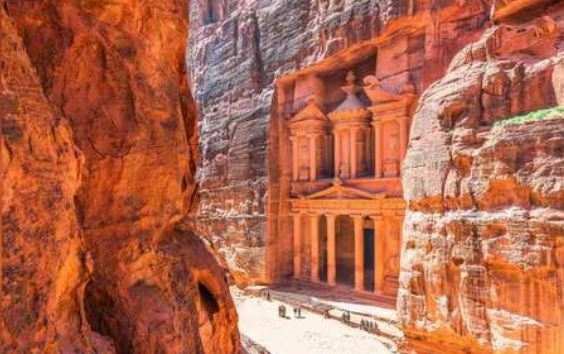
Throughout history, many cities have been lost to time, only to be rediscovered centuries later.
These ancient cities, once thriving centers of civilization, offer a glimpse into the past and reveal the ingenuity and culture of their inhabitants.
The rediscovery of these cities has often been the result of dedicated archaeological efforts, sometimes sparked by legends and historical texts.
Here are seven such cities that have been brought back to light.
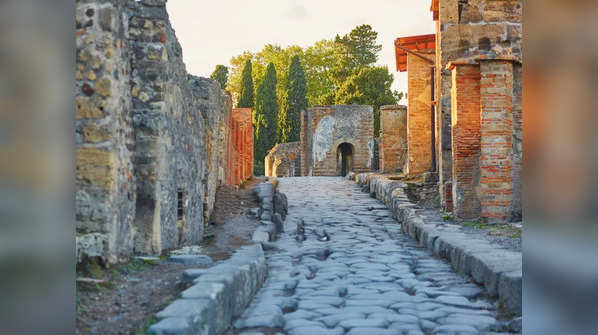
1. Pompeii, Italy
Pompeii was buried under volcanic ash and pumice after the catastrophic eruption of Mount Vesuvius in 79 AD. The city remained hidden until its rediscovery in 1748 by Spanish engineer Rocque Joaquin de Alcubierre. Excavations revealed well-preserved buildings, artifacts, and even casts of the victims, providing invaluable insights into Roman life. The sudden burial preserved Pompeii in a state of suspended animation, making it one of the most significant archaeological sites in the world.

2. Machu Picchu, Peru
Machu Picchu, the Incan citadel located high in the Andes Mountains, was brought to international attention by American historian Hiram Bingham in 1911. Although known to local indigenous people, it had been forgotten by the outside world. The site, believed to have been built in the 15th century, showcases the architectural prowess of the Incas with its terraced fields, temples, and intricate stone constructions. Machu Picchu is now a UNESCO World Heritage Site and a major tourist attraction.
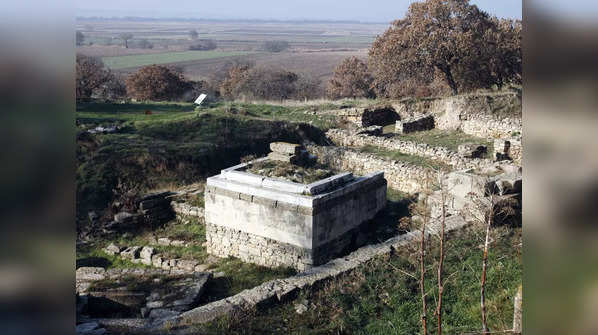
3. Troy, Turkey
The ancient city of Troy, immortalized in Homer’s epic poems, was long thought to be a myth. Its rediscovery in the 1870s by German archaeologist Heinrich Schliemann confirmed its existence. Located in modern-day Turkey, the site revealed multiple layers of settlements dating back to the Bronze Age. Schliemann’s excavations uncovered fortifications, houses, and artifacts, including what he claimed to be “Priam’s Treasure.” Troy’s rediscovery has provided a wealth of information about ancient civilizations in the region.
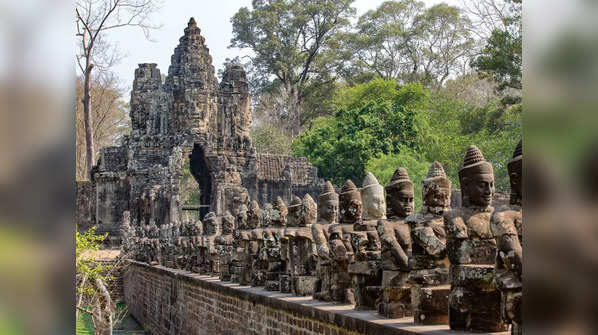
4. Angkor, Cambodia
Angkor, the capital of the Khmer Empire, was rediscovered in the 19th century by French explorer Henri Mouhot. The city, which flourished between the 9th and 15th centuries, is home to the famous Angkor Wat temple complex. Angkor’s rediscovery revealed a vast urban landscape with sophisticated water management systems, temples, and palaces. The site is evidence of the architectural and engineering skills of the Khmer people and remains a significant cultural and historical landmark.
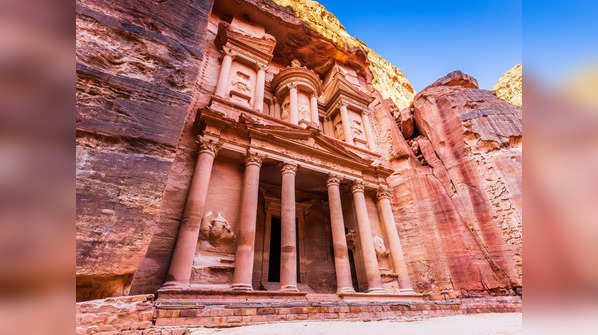
5. Petra, Jordan
Petra, also known as the “Rose City,” was rediscovered by Swiss explorer Johann Ludwig Burckhardt in 1812. This ancient Nabatean city, carved into the red sandstone cliffs, was a major trading hub in the 4th century BC. Petra’s rediscovery unveiled its stunning rock-cut architecture, including the iconic Treasury and Monastery. The city’s strategic location and advanced water management systems highlight the ingenuity of the Nabateans. Petra is now a UNESCO World Heritage Site and a popular tourist destination.
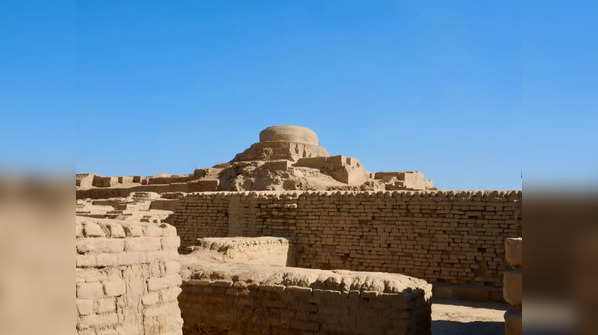
6. Mohenjo-Daro, Pakistan
Mohenjo-Daro, one of the principal cities of the Indus Valley Civilization, was rediscovered in the 1920s by Indian archaeologist R. D. Banerji. The city, dating back to around 2500 BCE, featured advanced urban planning with grid-like streets, drainage systems, and public baths. Excavations revealed a highly organized society with a rich cultural heritage. Mohenjo-Daro’s rediscovery has provided important insights into one of the world’s earliest urban civilizations.
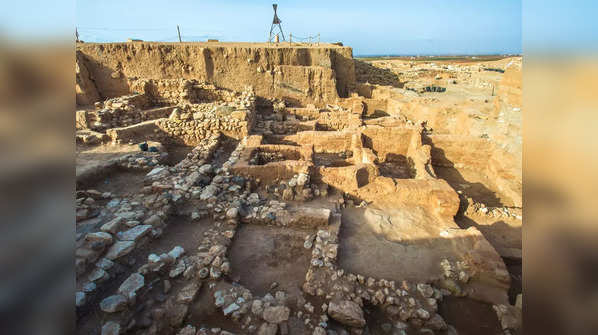
7. Ebla, Syria
The ancient city of Ebla was rediscovered in the 1960s by Italian archaeologist Paolo Matthiae. Located in modern-day Syria, Ebla was a major center of trade and culture in the 3rd millennium BCE. Excavations uncovered a vast archive of cuneiform tablets, revealing the city’s extensive diplomatic and commercial networks. The discovery of Ebla has significantly enhanced our understanding of early Semitic languages and the political landscape of the ancient Near East.






